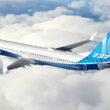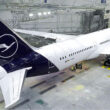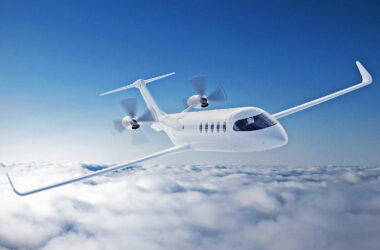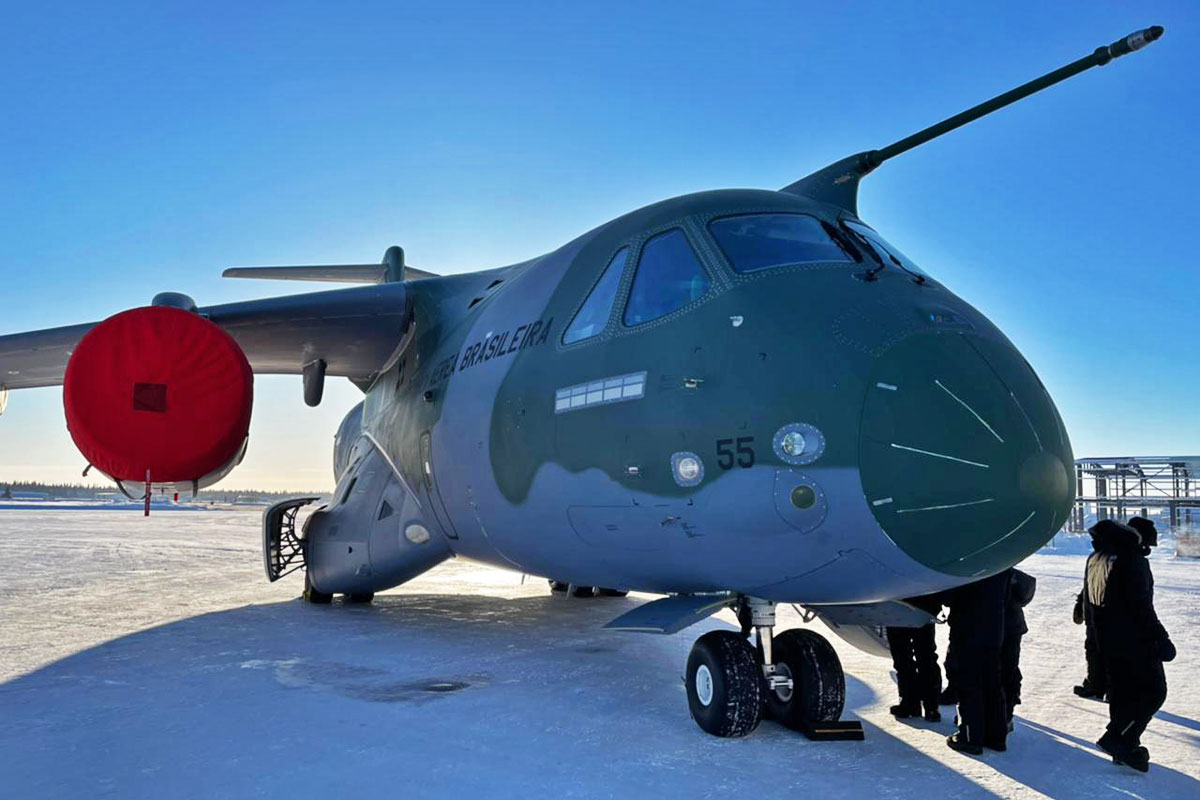Among several curious projects that DARPA (Defense Advanced Research Projects Agency), of the US government, is developing is the Liberty Lifter, a seaplane with very peculiar characteristics. The agency presented a first concept in video and photo that anticipates the proposal, aimed at offering an aircraft with large cargo capacity.
Designed with twin fuselages, the seaplane is possibly electrically powered as the pusher propellers do not appear to include engines in their pylons.
The most interesting feature of the Liberty Lifter is the use of ground effect, similar to ekranoplanes developed in Russia. It is a way of optimizing the flight at very low altitude benefiting from the reduction of drag caused by the surface. However, Russia only achieved some success in this configuration in calm water operations, and even then with limited maneuverability.
The DARPA project differs in that it addresses technologies capable of maintaining high lift even in rough seas. In addition, there will be sensors that will prevent large waves and that will support take-off and landing operations. The seaplane will also be able to fly at medium altitude, at about 10,000 feet, in certain situations.
Another objective of the program is to study cheap forms of production, with accessible materials and simpler construction methods. The intention is that the Liberty Lifter can operate at sea for several weeks without the need for maintenance on land.

Outdated technology
Seaplanes became the largest and main aircraft in the early decades of aviation. With the lack of large runways and the more powerful engines, operating from the sea or lakes was the most efficient way to make larger planes viable.
With the advancement of aeronautical technology, land planes proved to be more advantageous, putting seaplanes in the background. An icon of this change was the Spruce Goose, the eight-engine massive aircraft created by Howard Hughes and which until long ago was considered the plane with the largest wingspan in history.
A possible return of large seaplanes would be an irony of fate, thanks to the adoption of modern technologies such as electric or hybrid engines and artificial intelligence systems, for example.
For DARPA, the Liberty Lifter could be an alternative not only to cargo planes but also ships.







